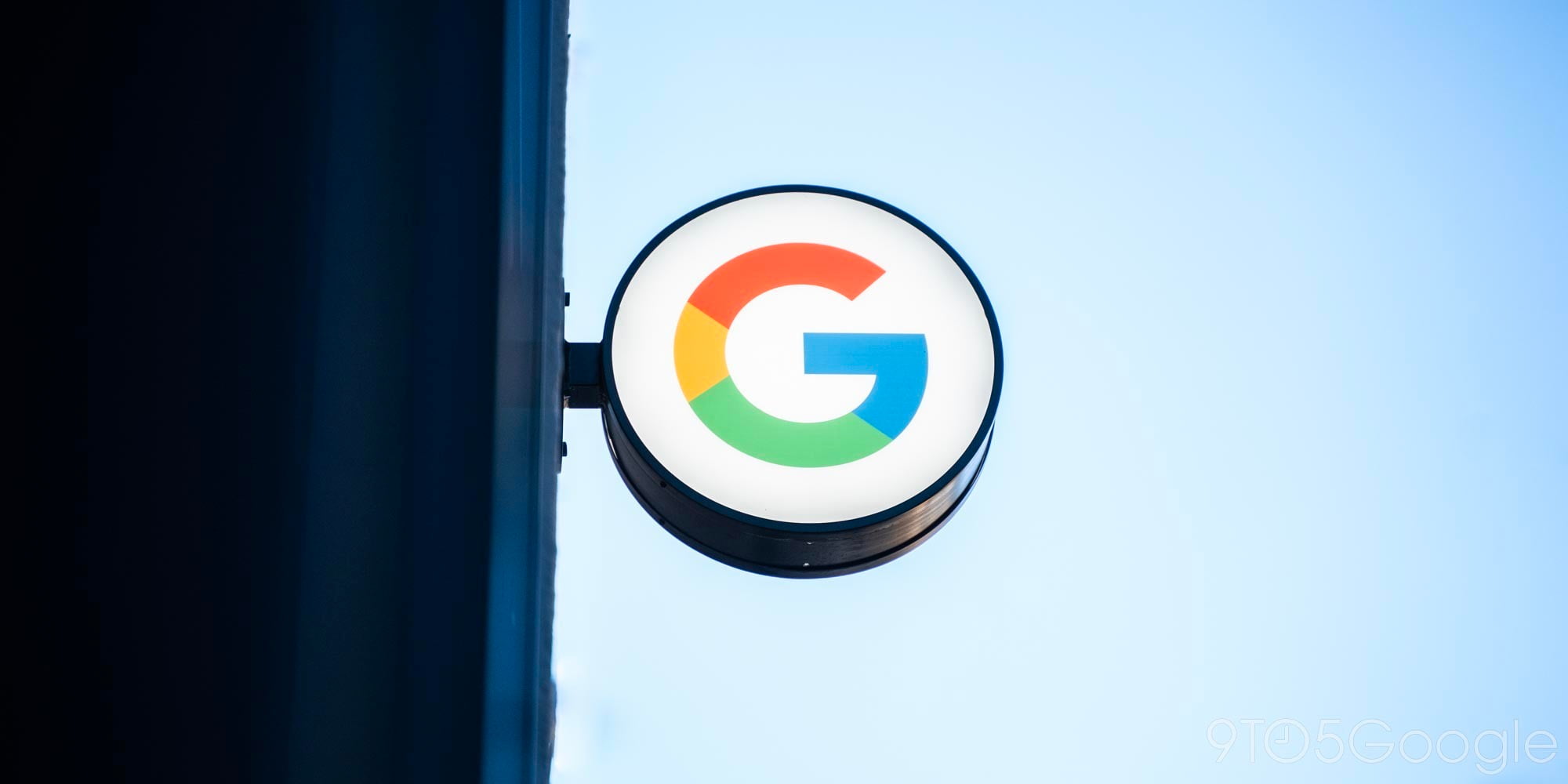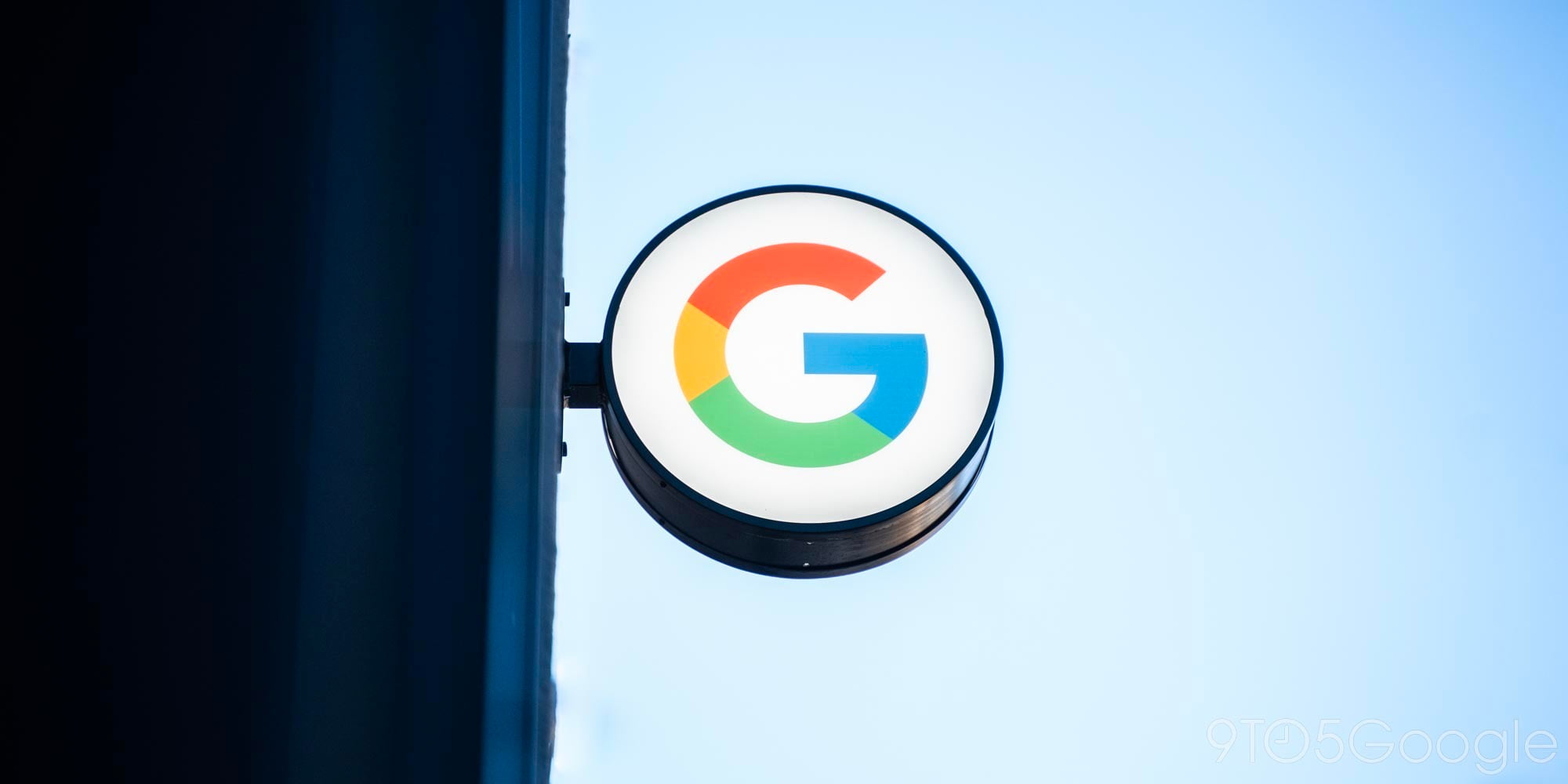
Amid stay at home orders, Google Maps might have become one of your least used applications in recent weeks. As people return, Google Maps is now highlighting important information, like crowds, for public transit and car commutes.
Crowdedness predictions in Google Maps already help you avoid busier hours when traveling. The app will now show you whether a transit station is “historically more or less busy,” with live data available to provide a comparison. Based on aggregated and anonymized Google Location History, this information is available on a station’s listing page and rolling out over the coming weeks.
Meanwhile, it’s now easier to share such information, with Google noting how the data today is sourced from tens of millions of contributions:
Look up Directions, tap through to see the Transit Details, then scroll down to find crowdedness predictions (where available) and easily contribute your own experiences.
Additional insights like temperature, accessibility, security onboard, and women-designated areas are now rolled out globally. Launched with the broader Maps redesign in February, Google has also added the ability to contribute more granular wheelchair accessibility information, including the location of doors, seating, and stop buttons.
When you look for public transit directions, Google Maps will now show relevant alerts, like face mask requirements, from local agencies. This is rolling out now in Argentina, Australia, Belgium, Brazil, Colombia, France, India, Mexico, Netherlands, Spain, Thailand, United Kingdom, and the US.
Similarly, driving alerts notify of COVID-19 checkpoints, especially when crossing national borders. This feature is coming first to Canada, the United States, and Mexico, with the alert appearing on the directions screen after starting navigation.
The last alert today provides extra information when visiting testing centers and medical facilities. This is meant to “verify eligibility and facility guidelines to avoid being turned away or causing additional strain on the local healthcare system.”
Starting this week, alerts for medical facilities will be available in Indonesia, Israel, the Philippines, South Korea, and the U.S., and testing center alerts will be available in the U.S.
FTC: We use income earning auto affiliate links. More.




Comments